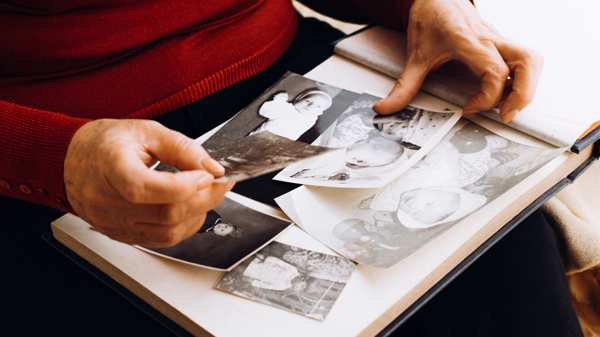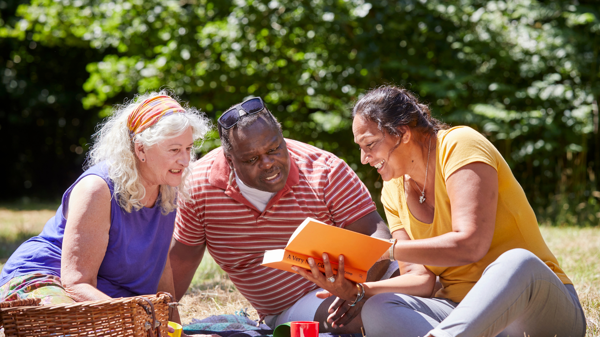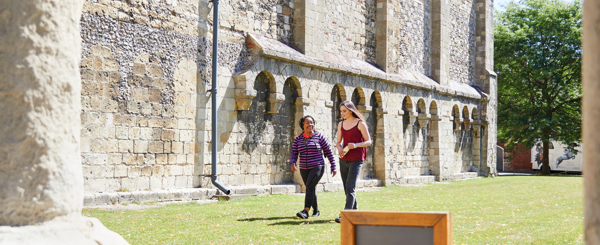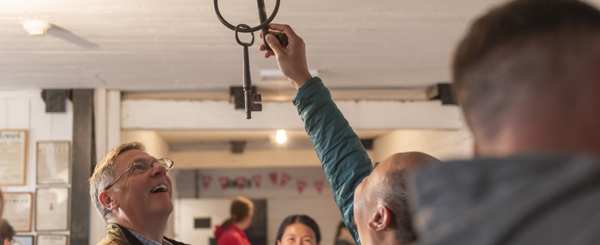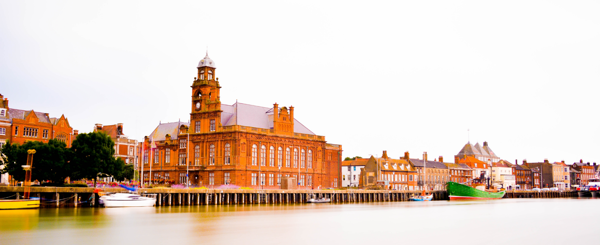The heritage sector holds the key to our sense of identity. Connecting with the past and feeling rooted in our communities is essential to our wellbeing.
It’s about finding a shared history and telling stories of who we are, and where we came from. Building a sense of belonging and ownership can make a tangible difference to how we feel.
Heritage activities provide a valuable pathway for practical and emotional support. They give space to reflect, and to hope. And they empower people who may be struggling with anything from isolation to ill-health with the tools rewrite their personal story to one of positive change, resilience, confidence, and better wellbeing.
NASP is working to embed social prescribing across the heritage sector. We want to broaden the range of activities available. And to make heritage, history – and connection – accessible to the people who need it most.
Heritage is our common memory – our common story. It belongs to all of us, and it affects all of us. Whether we realise it or not, we’re drawing strength and inspiration from our historic environment all the time.
What Does Heritage Social Prescribing Involve?
Does Heritage Social Prescribing Really Work?
The UK is a leader in culture-based social prescribing. We’ve been referring people to local activities since the mid-90s. As such, there’s plenty of evidence that arts and heritage social prescribing works.
Our evidence shows that taking part in heritage, art, music, creative and expressive activities through social prescribing can have huge benefits.
- It connects people and increases social interaction.
- It helps people build healthier habits and become more physically active.
- It improves emotional, cognitive, and sensory processing, and reduces stress.
- It supports potential in many different areas, including improvements in outcomes such as employment and skills, economic development, pride in the local area, and social cohesion.
- It helps with physical and mental wellbeing and can help to prevent and treat the long-term conditions that are creating pressure on the healthcare system.
Historic England’s Heritage and Social Prescribing evidence report also highlighted some of the main benefits of engaging with heritage and the historic environment:
1) Connection with heritage improves our feelings of identity and belonging and helps alleviate loneliness
2) Heritage activities promote good brain health and strengthen our memory
3) Exploring heritage and history offers an exciting journey of discovery
4) Learning from ours and others past provides insight, resilience and inspiration for the future
5) Revealing the past of a place and its historic significance helps us understand it and connect with it better, promoting pride of place
6) Heritage shows us that we are part of something bigger – it is inseparable part of us and our own legacy in this time and place
How Can I Get Involved in Heritage Social Prescribing?
If you’re looking to get involved in social prescribing, as a participant, a voluntary, arts or heritage organisation, or healthcare provider, NASP is here to help.
If you need support for yourself or a loved one…
The link worker at your local GP surgery will listen to your needs and connect you with suitable activities.
If you’re looking for more online information, resources, and evidence…
- You can read our Arts and Heritage evidence brief
- You can also read the Historic England report on Heritage and Social prescribing for more in depth data specifically on heritage
- Visit our evidence page for broader evidence into the impact of social prescribing
- Download our toolkits, reports and guidance about social prescribing
- Visit the Historic England website for heritage and wellbeing resources
- Watch our webinar about heritage and social prescribing
- Listen to our podcast about the healing power of heritage

